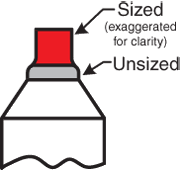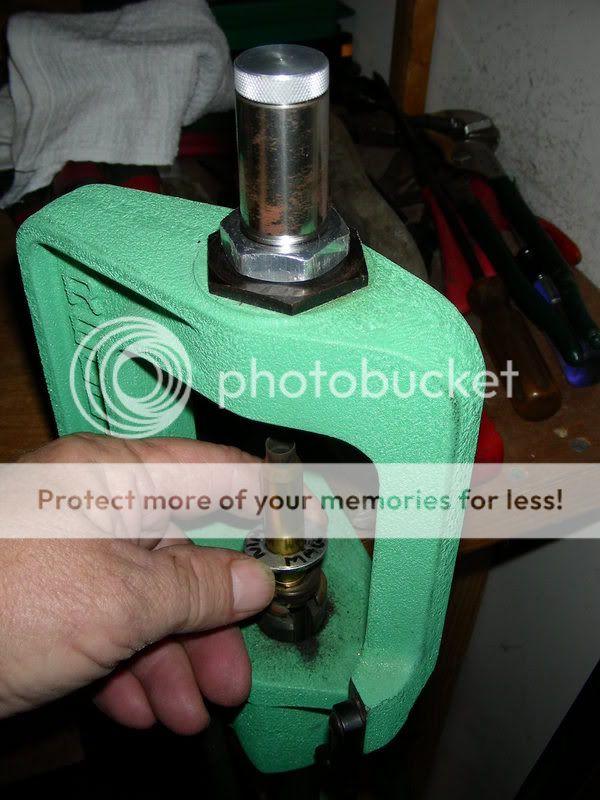Have been looking at old posts and have a question:
If you have to FL size every so often and this does not hurt accuracy vs neck only sizing, is it true that the only reason for neck only sizing is to not work the brass excessively? In other words, once you get the dimensions of the chamber, is it basically true that one method is not inherently more accurate than the other?
For example: if you fireform brass and show no difference in accruacy vs neck sizing, then neck size the next few reloads, then FL size, all with no real change in POI, what advantages are there other than possibly extanding case life? Am I missing an important point?
Given the price of Lapua brass, I can completely understand the case life issue...
Thanks.
If you have to FL size every so often and this does not hurt accuracy vs neck only sizing, is it true that the only reason for neck only sizing is to not work the brass excessively? In other words, once you get the dimensions of the chamber, is it basically true that one method is not inherently more accurate than the other?
For example: if you fireform brass and show no difference in accruacy vs neck sizing, then neck size the next few reloads, then FL size, all with no real change in POI, what advantages are there other than possibly extanding case life? Am I missing an important point?
Given the price of Lapua brass, I can completely understand the case life issue...
Thanks.


